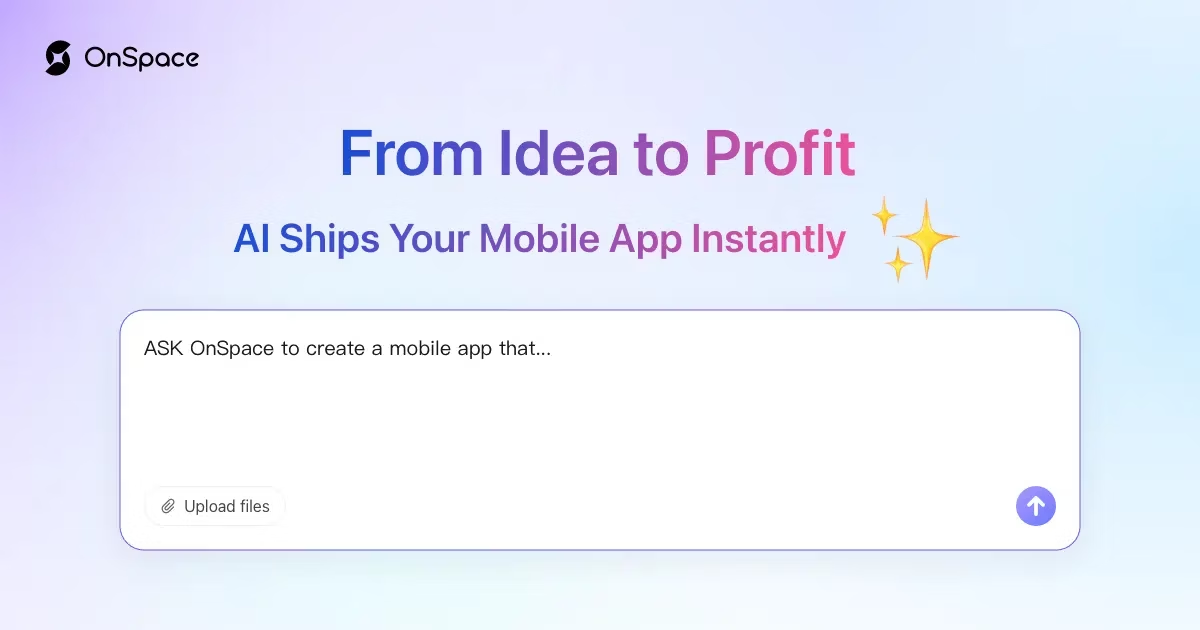How to Write Better Prompts for Cleaner AI-Generated Code
Article Summary
Getting AI to generate clean, production-ready code requires strategic prompting techniques that go beyond basic requests. This guide covers proven methods to craft prompts that consistently produce well-structured, maintainable code with proper documentation, error handling, and adherence to best practices.
Key Insights:
- •Structure prompts with context, requirements, and desired output format
- •Specify coding standards, conventions, and architectural patterns explicitly
- •Request error handling, documentation, and testing considerations upfront
- •Use iterative refinement with specific technical feedback
- •Include examples of desired code style and structure
AI code generation has revolutionized software development, but the quality of output heavily depends on prompt craftsmanship. Many developers struggle with AI-generated code that lacks structure, proper error handling, or maintainability. The difference between mediocre and exceptional AI-generated code lies in how you communicate your requirements, specify constraints, and guide the AI's decision-making process through well-constructed prompts.
Strategic prompting transforms your AI coding experience from generating quick snippets to creating professional-grade solutions that meet production standards with minimal manual cleanup.
Essential Prompt Structure Components
Context and Technical Specifications
Always begin prompts with clear technical context. Instead of "write a function to sort data," specify: "Write a Python function using merge sort algorithm for sorting user objects by timestamp, handling edge cases for null values and maintaining stable sort behavior." Include programming language, framework versions, and performance requirements.
Key elements to specify:
- •Target programming language and version
- •Framework or library constraints
- •Performance and scalability requirements
- •Integration points with existing systems
- •Data types and expected input/output formats
Code Quality Requirements
Explicitly request quality attributes in your prompts. Add phrases like "include comprehensive error handling," "add type hints and docstrings," "follow PEP 8 conventions," and "implement proper logging." Specify architectural patterns such as "use dependency injection" or "implement repository pattern."
Advanced Prompting Techniques
Multi-Step Prompt Engineering
Break complex coding tasks into structured steps within your prompt:
- 1. "First, analyze the requirements and suggest the optimal approach"
- 2. "Then, implement the solution with proper class structure"
- 3. "Include unit tests and error scenarios"
- 4. "Add comprehensive documentation and usage examples"
This approach ensures the AI considers architecture before implementation, leading to more thoughtful code organization.
Template-Based Prompting
Provide code structure templates in your prompts. For example: "Follow this class structure: [include basic class skeleton], implement these specific methods: [list methods], and ensure thread safety." Templates guide the AI toward your preferred coding patterns and organizational structures.
Implementation Best Practices
Iterative Refinement Strategy
Use follow-up prompts to refine code quality: "Refactor the previous code to use design patterns," "Add comprehensive error handling for network failures," or "Optimize for memory efficiency and add performance monitoring." Each iteration builds upon previous output while addressing specific quality concerns.
Code Review Prompting
Ask the AI to review its own code: "Review the above code for security vulnerabilities, performance bottlenecks, and maintainability issues. Provide specific recommendations for improvement." This self-review process often catches issues and suggests optimizations.
Testing and Production Readiness
When requesting code, always include testing and deployment considerations. Ask for "production-ready code with logging, monitoring, and graceful error handling." Request specific test scenarios: "Include unit tests for edge cases, integration tests for database operations, and performance benchmarks."
Production Context Requirements
Specify deployment context: "Code should be containerizable, support environment-based configuration, and include health check endpoints." This ensures generated code meets production standards from the start.
Accelerate Your AI Development
OnSpace AI empowers anyone to turn ideas into powerful AI applications in minutes—no coding required. Our free, no-code platform enables effortless creation of custom AI apps; simply describe your vision and our agentic AI handles the rest.
Transform your AI development workflow with intelligent automation and professional-grade code generation.

Frequently Asked Questions
What makes AI-generated code clean and production-ready?
Clean AI-generated code includes proper error handling, comprehensive documentation, adherence to coding standards, proper architecture patterns, and maintainable structure. It should be ready for production deployment with minimal manual cleanup.
How should I structure prompts for better code quality?
Structure prompts with clear technical context, specify programming language and frameworks, include quality requirements like error handling and documentation, and use multi-step approaches to guide the AI through analysis, implementation, and testing phases.
What are template-based prompting techniques?
Template-based prompting involves providing code structure templates within your prompts, including basic class skeletons, method lists, and preferred coding patterns. This guides the AI toward consistent organizational structures and coding conventions.
How can I ensure AI-generated code is production-ready?
Request production-ready features explicitly: logging, monitoring, graceful error handling, containerization support, environment-based configuration, health check endpoints, and comprehensive testing including unit tests and integration tests.
Conclusion
Effective AI code prompting combines technical specificity with clear quality requirements. By structuring prompts with context, standards, and iterative refinement techniques, you can consistently generate clean, maintainable code that meets professional development standards and reduces manual cleanup time.
The investment in mastering prompt engineering pays dividends in development velocity, code quality, and overall project success. Start implementing these techniques today to transform your AI-assisted development workflow.
Start creating professional AI applications with intelligent code generation
